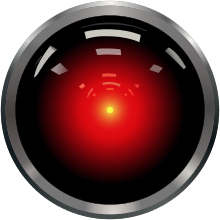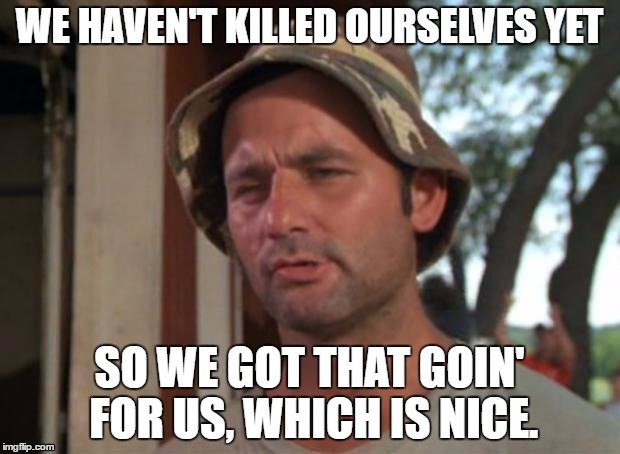We Sell It – You Buy It
Advertising is a big business – forget multi-million or even multi-billion. If you are in business, you advertise by word-of-mouth, by business card, by video, by social media, – every means humans take in information to their brains is tapped. It is studied by scientists and con men alike, by people selling you breakfast cereals to the person asking you for a date.
And the Sell factor goes way beyond the simple advertising of putting the word on the street. The Sell encompasses a wide range of tactics including market studies, public relations, customer support, and media planning. Marketing – the creating and sustaining of a Market for the product is every business.
Writers are in business and not only have to sell their product through advertising, but market themselves. I market me, “Erin Penn”, through the website (erinpenn.com), through a blog (erinpenn.blogspot.com), through my Facebook page (https://www.facebook.com/ErinPennBooks/), by going to conventions (events) and attending a writer’s group, by talking to people and helping people get their writing started with advice and connections, by learning editing, and dozens of other ways so people not only know about my books but also about me and my reputation.
One of the easiest ways to connect to people is making the advertising fun. Look at the back of all the children cereal boxes, each has a game reiterating the name and logos of the cereal over and over again – this over and above the toy inside. Fast food puts in play areas and offer fun packages for children, setting up long-term associations with happy times and their food in people’s minds. Beer companies host parties and support sports.
And the military has found the movies. It’s fictional depiction of the perfect propaganda recruiting tool.
If you have read my book (Honestly), you find I both support the military with all my heart but do not turn my eye away from the dangers. The injuries, both physical and mental, sustained by the Troy Nguyen were inspired by like issues from friends who have served, including the loss of leg. I don’t do platitudes of “Thank you for serving”; I sit beside my friends during the Fourth of July and hold their hands while fireworks light the sky and deafen the present they are in with the noise of bombs exploding in their past. I believe in the military and support it; I also know the cost of freedom must be paid with every generation and I will not cheapen it by glossing over the cost. You will find characters from the military appearing again and again in my flashes and published works. And, I promise, they will always be human – good, bad, hero or villain – at the end of the day, they are human.
That being said, and remembering this is a Geeking Science Post, one of the ways the military tapped into the science of marketing and advertising last year is Wicked Cool. This cross-branding method is up there with the Heroes television show-comics-mobile-app-social-media mix. Goosebumps covered my arms when I first watched this video from the Pop Culture Detective. Science is Wicked Cool and this Geek’ed me out!
The ending is something every writer should inscribe in their minds, for this is a tremendous power and responsibility.
“Fiction can be a very powerful and very effective way to influence people’s actions and attitudes.” – Jonathan McIntosh, Sept. 28, 2016 (Pop Culture Detective: Military Recruitment and Science Fiction Movies)




